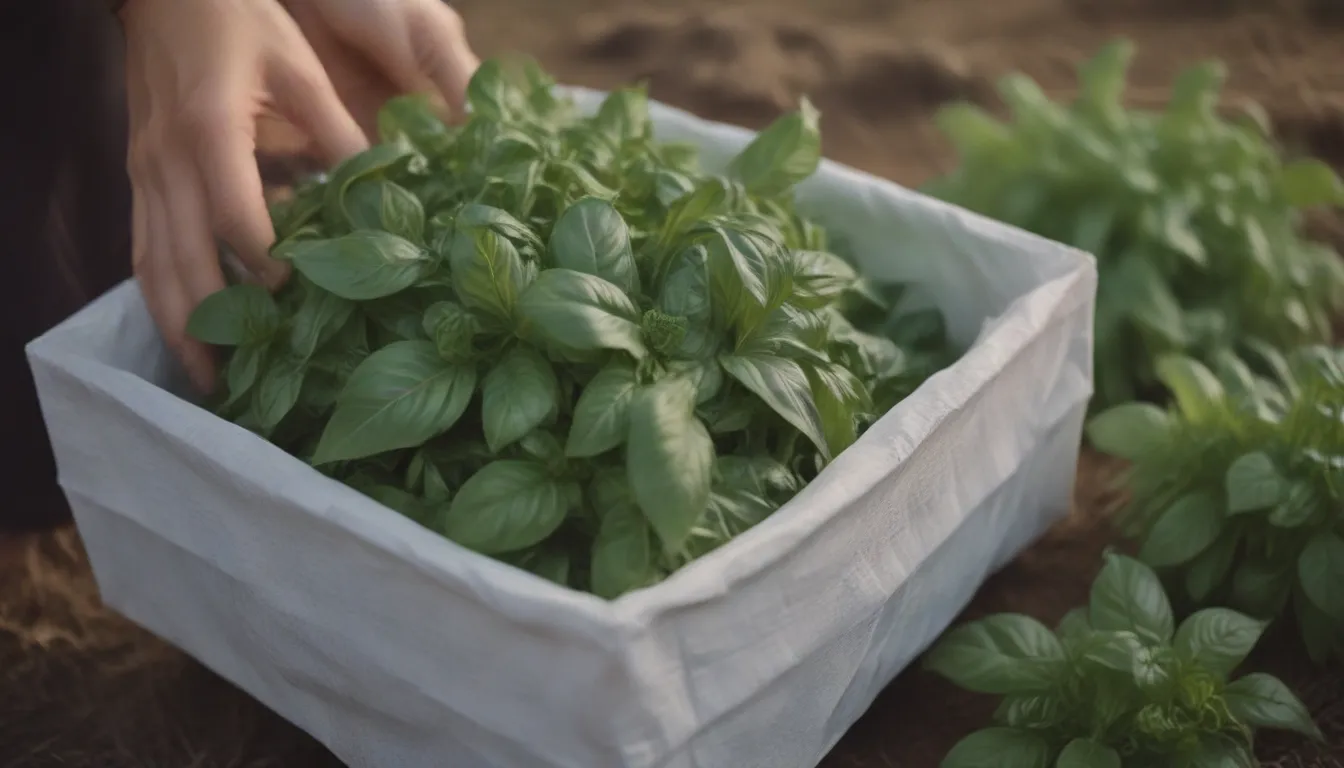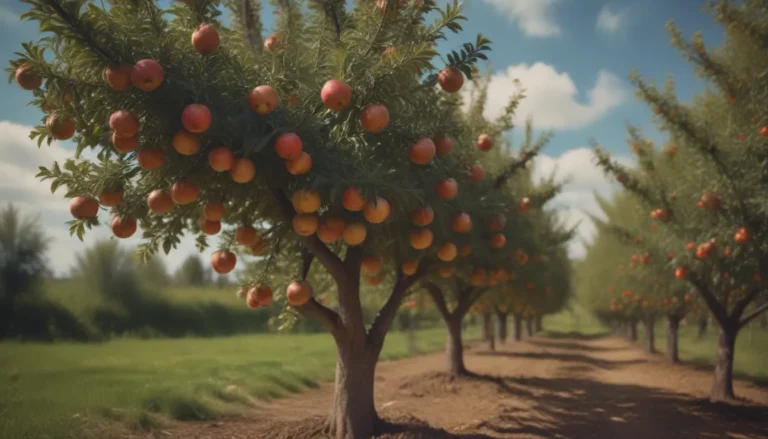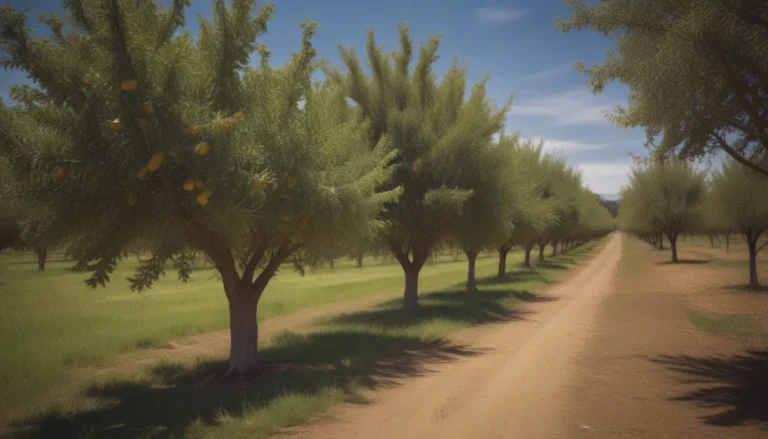Harvesting Basil: A Comprehensive Guide

Basil is undoubtedly one of the most beloved herbs in the world of gardening and cooking. Whether you are a seasoned green thumb or a newbie with a small balcony garden, growing basil can be a rewarding experience. With its delightful fragrance and versatility in the kitchen, basil has become a must-have herb for many home cooks.
In this in-depth guide, we will explore the ins and outs of harvesting basil to ensure a bountiful yield of fresh, flavorful leaves throughout the growing season. From when to harvest basil to the proper techniques for picking the best leaves, we’ve got you covered. So, grab your gardening tools and let’s dive into the wonderful world of basil harvesting!
Understanding Basil Varieties
Before we delve into the nitty-gritty of harvesting basil, let’s take a moment to appreciate the variety of basil plants available. From the classic sweet basil to the exotic Thai basil and the zesty lemon basil, there is a basil variety to suit every palate. Each type of basil brings its unique flavor and aroma to the table, making it a delightful addition to any herb garden.
When to Harvest Basil Leaves
Timing is everything when it comes to harvesting basil leaves. Here are some key points to keep in mind:
- Plant Height: Start pruning basil leaves when your plant reaches 6 to 8 inches in height.
- Temperature: As temperatures rise above 80 degrees, basil leaves will start to grow more abundantly, signaling that it’s time to harvest.
- Leaf Sets: Wait until your plant has at least four sets of leaves before harvesting. This ensures that the plant has enough foliage to sustain growth.
- Time of Day: For the plumpest and happiest leaves, harvest early in the morning when the plant is well-hydrated.
- Before Flowering: For the best flavor, harvest basil leaves before the plant flowers. Flowering can cause the leaves to become bitter.
- Over-Harvesting: Don’t be afraid to harvest more basil leaves than you need at once. This promotes new growth and ensures a continuous supply of fresh leaves.
As the summer transitions into fall, be sure to do a final harvest before the first frost arrives. Consider moving your basil plant indoors to a warm, sunny spot to prolong the harvesting season and enjoy fresh basil year-round.
The Art of Pruning Basil Leaves
Pruning basil leaves is essential for promoting healthy growth and ensuring a steady supply of fresh foliage. Here are some tips for pruning basil effectively:
- Leaf Harvesting: If you only need a small quantity of basil for a recipe, harvesting individual leaves is ideal.
- Stem Harvesting: For larger quantities of basil, consider harvesting entire stems. This method is quicker and more efficient when you need a bulk supply of leaves.
By pruning basil regularly, you encourage the plant to produce new growth and prevent it from becoming leggy or overcrowded. Remember, a well-pruned basil plant is a happy and productive plant!
Storing Fresh Basil
If you find yourself with an abundance of fresh basil leaves, you may need to store them for future use. Here are some storage methods to keep your basil fresh and flavorful:
- Water Jar Method: Trim the stems of excess basil and place them in a jar of water. Keep the jar at room temperature, and your basil should stay fresh for 4-5 days.
- Avoid Refrigeration: Refrigerating basil leaves can cause them to brown quickly. It’s best to store them at room temperature or in the water jar method.
- Herb-Infused Oil: Get creative with storage by making herb-infused oil cubes. Fill an ice cube tray with olive oil and chopped basil leaves, freeze them, and use the cubes to add flavor to your dishes.
By utilizing these storage methods, you can make the most of your fresh basil harvest and enjoy its vibrant flavor in various recipes.
Tips for Successful Basil Harvesting
To ensure a successful basil harvest, consider the following tips:
- Regular Harvesting: Make it a habit to harvest basil leaves regularly to encourage new growth.
- Gentle Handling: Handle basil leaves with care to prevent bruising or damaging the delicate foliage.
- Quality Soil: Plant basil in well-draining soil enriched with organic matter to promote healthy growth.
- Pest Control: Keep an eye out for pests like aphids and caterpillars, and address them promptly to protect your basil plant.
By following these tips and techniques, you can enjoy a thriving basil plant that yields an abundance of fresh, aromatic leaves for all your culinary creations.
In Conclusion
Harvesting basil is not just about plucking leaves; it’s a mindful practice that involves caring for your plant and reaping the rewards of fresh, flavorful foliage. By understanding the timing and techniques for harvesting basil, you can ensure a continuous supply of this versatile herb throughout the growing season.
So, the next time you step into your garden or balcony to harvest basil, remember these tips and tricks to make the most of your harvest. From pruning leaves to storing fresh basil, every step contributes to the health and vitality of your basil plant. Embrace the art of basil harvesting, and let the fragrant leaves enrich your culinary adventures!
Whether you’re a seasoned gardener or a novice herb enthusiast, harvesting basil is a delightful experience that connects you to nature’s bounty. So, grab your shears and get ready to harvest the best basil leaves of your gardening journey!





